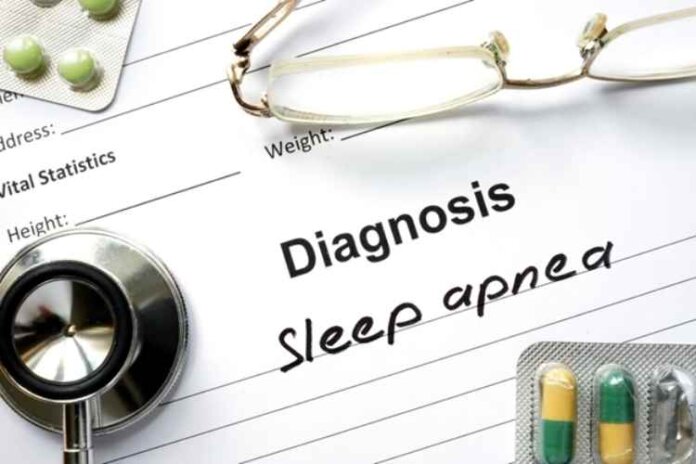
Did you know that 50-70 million U.S. adults have a sleep disorder?
It’s disappointing news, especially since we’re encouraged to get 7-8 hours of sleep each night. Without a good night’s rest, it’s much harder to focus, be productive, and regulate emotions.
One of the most common types of sleep disorders is sleep apnea. But if you suspect you have sleep apnea symptoms, how do you go about getting a diagnosis and treatment?
We’re here to fill you in. Keep reading below to learn how to get a sleep apnea diagnosis and a few common treatment options.
Getting a Sleep Apnea Diagnosis
Since sleep apnea is a sleeping disorder, testing is slightly more challenging. However, doctors may provide you with tools to conduct in-home tests. The gear you receive will measure oxygen levels, airflow, breathing patterns, and heart rate.
If the tests come back abnormal, you’ll likely be given a sleep apnea diagnosis. If the results are inconclusive, you may be referred to a sleep clinic for further testing.
These facilities conduct more thorough tests and usually require an overnight stay. For sleep apnea testing, the doctor will conduct a nocturnal polysomnography evaluation.
The testing equipment tracks heart rate, breathing patterns, limb movements, brain and lung activity, and blood oxygen levels. While home and clinical testing measure essentially the same figures, the data from a sleep disorder center will be more reliable and better for making a diagnosis.
Treating Moderate and Severe Sleep Apnea
If you have moderate to severe sleep apnea, your doctor will likely recommend using an oral machine or device to regulate your breathing at night. The most well-known device is the continuous positive air pressure (CPAP) machine.
CPAP machines deliver air pressure through a mask to keep the upper airway passages open. While CPAP machines are very effective, the mask can be a dealbreaker for those with sensory issues.
If that’s the case, there are plenty of other options available nowadays. Sleep apnea dentistry services, for example, can fit patients with custom oral appliances to combat sleep apnea.
Mouthpieces differ depending on the patient’s anatomy, but they’re similar in feel and size to retainers. Travel-lovers will be happy to hear they’re travel-friendly too.
Treating Mild Sleep Apnea
Some cases of sleep apnea can be self-treated. If you have a mild case, your doctor may recommend just making some lifestyle choices.
Usually, doctors will suggest patients stop smoking, lose weight, or treat any respiratory allergies that could be affecting one’s breathing. Alcohol and certain sleeping pills can both disrupt the airway at night and prolong sleep apnea episodes, so they’re best avoided too.
Breathing exercises can also help limit symptoms. Training yourself to breathe naturally through your nose through daily exercises can help prevent sleep apnea episodes.
Changing sleeping positions may also help. Mild cases are often due to sleeping on one’s back. Falling asleep on your side can help, and wedge pillows can keep you in place throughout the night.
Get Back to Sleeping Well
Everyone deserves to rest well at night. Once you combat your sleep apnea, you can enjoy good sleep and improve your quality of life too. With the guide above, you’ll be able to figure out the best way to get a sleep apnea diagnosis, manage your symptoms, and find treatment.
Looking for more? Check out the rest of Passive News for extra tips like these, along with a variety of other lifestyle guides!











